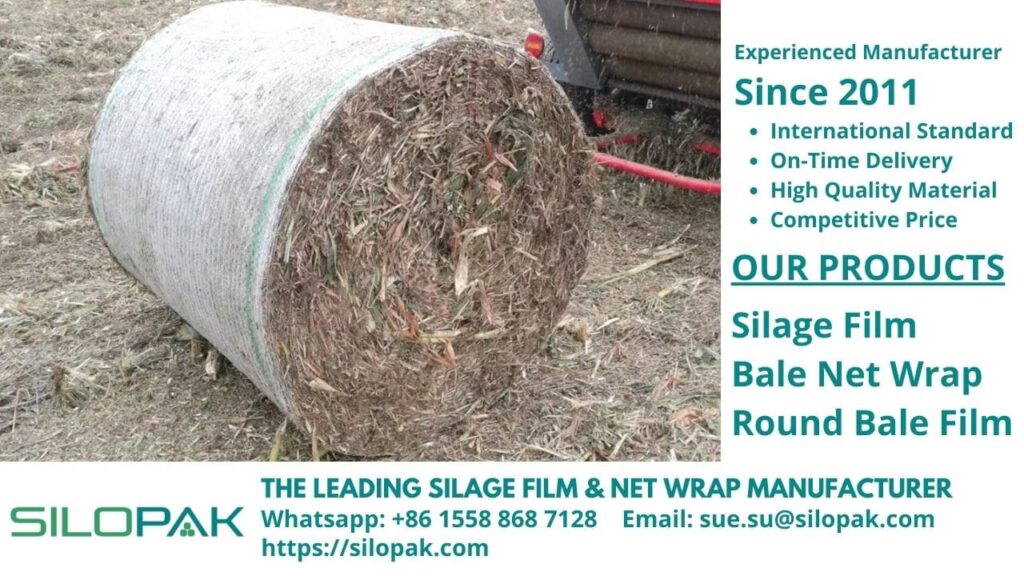Straw and hay are widely used for gardening. Due to their similar appearance, many people think that straw and hay are the same plants, when in fact they are different. How to tell the difference between straw vs hay? and which one is the most ideal for the garden? Here is the explanation.

contents
What is Straw?
To differentiate straw vs hay, you should know that straw is the stem of cereal grass plants such as wheat, barley, oats, rye, and buckwheat that have gone through the process of drying and threshing grains.
In ancient times, humans used straw as animal feed, clothing, rough bedding, floor coverings, and roofs. They also weave straw to make baskets or hats. Nowadays, its uses are more diverse, for example, as the main material for making rough paper, bricks, and gardening.
What is Hay?
Hay is a dry grass and leaves that are generally used as animal feed. The types of grass plants that are commonly used as hay are timothy, alfalfa, and clover, which are cut into small pieces while still green and then stacked and dried in the field. If it rains during drying, drying is carried out mechanically with forced hot air in the warehouse.
The more mature the plant grows, the protein content of grass and legumes will decrease while the fiber content and lignified tissue will increase, so cutting must be done at the right stage. This is also to maintain the freshness of the leaves, so they don’t rot and change color quickly. If properly preserved at around 20 percent humidity, hay can be stored for months without spoiling.
Which One is Ideal for Gardening
Now you know the difference between straw vs hay; the next step is to find out which one is ideal for gardening. Both can be used for gardening. But, the most ideal to use is straw.
Straw bales have become a popular solution in gardening, especially to deal with poor soil. It functions like a grass bed, so there is no need for additional soil.
Straw bales are best used to grow organic vegetables because there are no innate seeds in the straw. So it will not sprout into the plants when it is wet. Nutrients can be perfectly absorbed by the seeds planted.
When building a straw bale garden, make sure the space in your yard can receive full direct sunlight (>six hours a day), as most vegetables require full sunlight to grow. However, for vegetables such as lettuce and green beans, it is recommended to place them in a lightly shaded place. Also, ensure easy access to water as the bales will be too heavy to move once they are placed. You will need to water them regularly, so place the bales near a water source or within reach of your garden hose.
When comparing straw vs hay for gardening, hay is less ideal because it contains innate seeds. So, there may be weeds in the pile of hay bales like thistle that you could accidentally spread into your garden.
One way to reduce weed seeds in hay is by composting. However, composting must be done in the right way and at an appropriate high temperature to kill all seeds. If you do not know how to do it, it is better to use straw bales.
Bale Net Wrap for Straw vs Hay
For those of you who are looking for bale net wrap that is suitable for straw or hay, now you can get it at Silopak. We are a global bale net wrap specialist who has been trusted by consumers for more than ten years.
Our bale net wrap products are of high quality because they are manufactured according to international standards and have a 12-month guarantee against UV degradation. The product is available in a minimum length of 2.000 meters and has been equipped with a roll carry handle for easier and safer handling.
Make sure the quality of your straw or hay bales is maintained well by using Silopak bale net wrap. Please visit our website for complete information about prices and how to order.
That is all the information on how to differentiate straw vs hay and knowing which is the most ideal for gardening. We hope it is useful!
